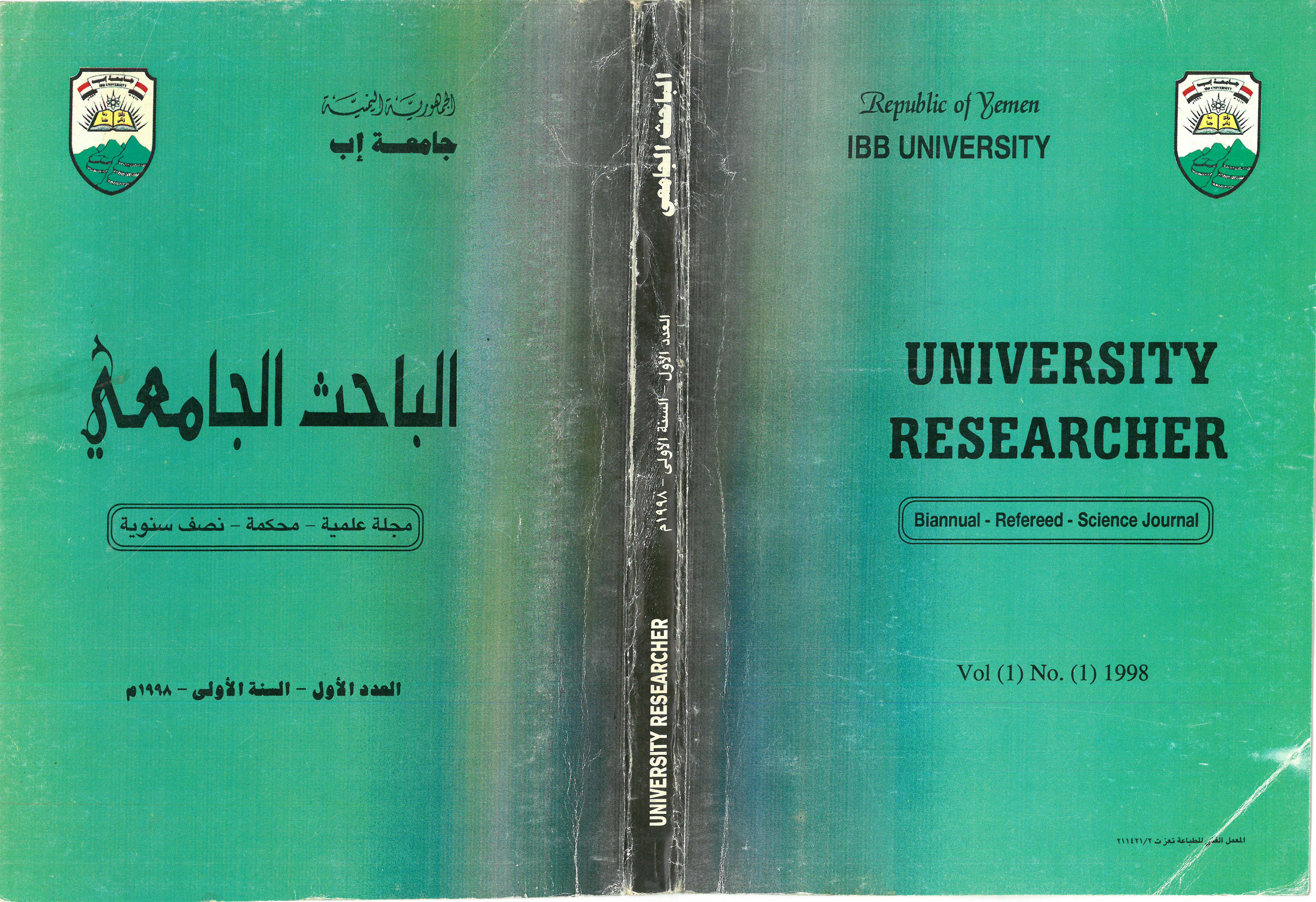The Sources of Early Arab Women Literature Acritical Evaluation
DOI:
https://doi.org/10.69844/s0qk1m02Keywords:
Sources Of Arab Women's Literature, Critical Evaluation, Misunderstanding, Arab Islamic History, Women's Names, Women's LiteratureAbstract
#The research addresses an issue that concerns the researcher in responding to a misunderstanding that many biased Orientalists have fallen into. The essence of this misunderstanding is that Arab-Islamic history is a history of men, and any mention of women's names is attributed to their connection with important male figures in this history, whether on a religious, political, or social level. For example, the prominence of the name Fatimah (peace be upon her) is due to her being the daughter of the Prophet Muhammad (peace be upon him) and the wife of Imam Ali (may Allah be pleased with him). The same applies to figures like Hind or Sukaynah, or Aqeelah bint Aqeel ibn Abi Talib, or Zubaydah, the mother of Rashid, or Alia bint Al-Mahdi. This is the reason for writing the topic in English, as I wanted it to reach those who discuss this history. The other aspect that this research aims to achieve is to provide the keys to access and simplify the process of evaluating and assessing the content of any source that addresses women's literature, as well as the usefulness of ancient Arabic literature sources in general and women's literature in particular. The researcher followed the book's approach in summarizing the evaluative and critical conclusions about those sources, thereby facilitating the path for those who will delve into the topic of women's literature with critical evaluation summaries of those sources. This has drawn the attention of literature scholars, especially in women's literature, to manuscripts that have not been studied yet or to books that have been mentioned but not preserved over time. The research has addressed these sources through a critical and evaluative method, particularly for the authentic or manuscripted sources, using an objective critical approach without referring to modern references that have dealt with women's literature in its advanced eras and relied on ancient sources. I have previously researched this topic in the ALMasaq journal, which is published in Britain in 1989.





